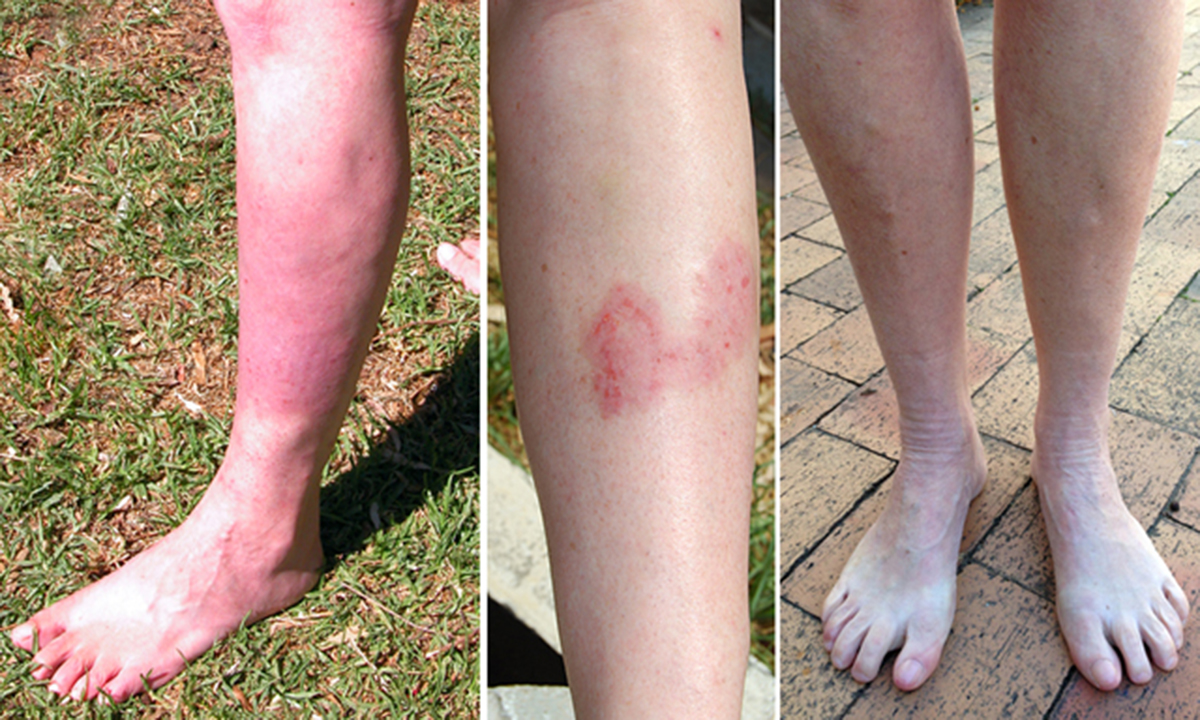Table of Contents
My Psoriasis
Although a reasonably ardent believer in alternative medicine, when I realized I had developed a chronic skin condition that was probably psoriasis, I went to a general practitioner. When the expensive skin medications he prescribed failed to make any difference to the condition, I realized I would probably have go to a specialist dermatologist. But first I did some serious research – and it paid off.
Clearly there is no agreement on what causes psoriasis in general, but the direct trigger for me was another skin condition that had resulted from a series of very unpleasant insect bites. It had happened before, and I knew immediately that the rash I had developed all over my body was from a mite that burrows into hay and straw. All I had done was to sit on a bale of contaminated hay! I immediately self-medicated with a parasiticide soap that contains five percent Monosulfiram, and is manufactured to prevent and treat a range of skin infections and rashes from severe eczema to scabies and head and body lice. It eased the itching, but didn’t clear the rash. I also used tried-and-tested Calamine lotion and antihistamine cream for the itching.
It was some months later that I went to the doctor. The cream prescribed by him was very expensive and even less effective than the soap had been. After a repeat prescription, and still no results, I started my Internet search and found a relatively inexpensive, local (made-in-South-Africa where I live) product online that I later discovered was made from Kigelia Africana.
It is totally natural and supplied as a colorless solution (that is sprayed on) and a lotion that is rubbed into the skin once the solution has dried. The Kigelia solution is absorbed into the skin and it starts to repair it at a cellular level, from beneath the skin, getting rid of toxins and harmful bacteria. Rather than keeping the skin moist (which several other remedies do), this particular treatment allows oxygen to get into the skin while it is kept as dry as possible. However patients are advised to use a nourishing skin cream to ensure the skin doesn’t dehydrate.

My personal experiment started early in 2008 (above left), and it wasn’t quick. I wore long skirts and jeans 24:7 because my skin looked so horrible. While the original rash was all over my body, the resulting psoriasis was mainly on my legs. But it was when it started appearing under my arms and on my elbows, that I became seriously alarmed.

Other Success Stories
The Kigelia Africana product I used was the brainchild of two long-term psoriasis sufferers. Brigitte Ramsay had suffered from the condition for 16 years, mostly triggered by stress when she discovered the plant extract. In 1997 she experimented on herself, and it took two months for the condition to vanish. Dr Joey Gobind, a general practitioner in Johannesburg, had also suffered for many years. He tried Brigitte’s original homemade remedy and started treating his patients with the same concoction. Then the pair got serious, trademarked their products and started a very low-key business, selling only via the Internet from February 1994. The business is still low-key, and they claim only to have enabled sufferers to go into remission, some, including Brigitte, permanently.
Most of the patients who have subsequently used their Kigelia Africana solution and lotion had previously tried cortisone creams and other prescription medicines. Photographs and Testimonials on their website tell the story.
But theirs is not the only product that works both to reverse psoriasis and inhibit chronic skin conditions. As long ago as 1995, a British study by a Kings College, London biochemist. Dr Peter Houghton, found that an extract from Kigelia was able to counter skin cancer and melanoma cells. Researchers have also found that the plant has antifungal and antibacterial properties, amongst other things.
Kigelia Africana and Its Medicinal Uses
Common throughout Zimbabwe, Zambia, Malawi and other parts of southern Africa, the sausage tree is quite a plain-looking tree, except for its extraordinary sausage-shaped fruit that is huge. Not only do the enormous pods weigh a lot, they are also almost impossible to cut.
READ The Ten Most Common Psoriasis Triggers
Various parts of the tree, including the pod, are commonly used for traditional African medicine for just about anything from treating constipation and gynecological disorders, to sores and snake bites.
- www.nlm.nih.gov/medlineplus/psoriasis.html
- www.cdc.gov/psoriasis/
- psoriasis.org/file/research---misc.-documents/CDC-prevalence-paper.pdf
- apps.who.int/gb/ebwha/pdf_files/WHA67/A67_R9-en.pdf
- www.health24.com/Medical/Skin/News/Psoriasis-uncovered-20131107
- www.piramalenterprises.com/otc/product/tetmosol.html
- www.oxylabs.co.za
- www.thetahealth.co.za/kigelia-cream.html#.Vaujdc7MeZY
- cms.herbalgram.org/herbalgram/issue94/FEAT_sausagetree.html?ts=1437318621&signature=98d22c3c79a1261f35d989809b29b4d8
- Photo courtesy of Roburq via Wikimedia https://commons.wikimedia.org/wiki/File:Kigelia_africana_-_sausage_tree,_fruit.JPG
- Psoriasis photos © Penny Swift
- Important notification about information and brand names http://www.steadyhealth.com/polices/terms-of-use#copyright

